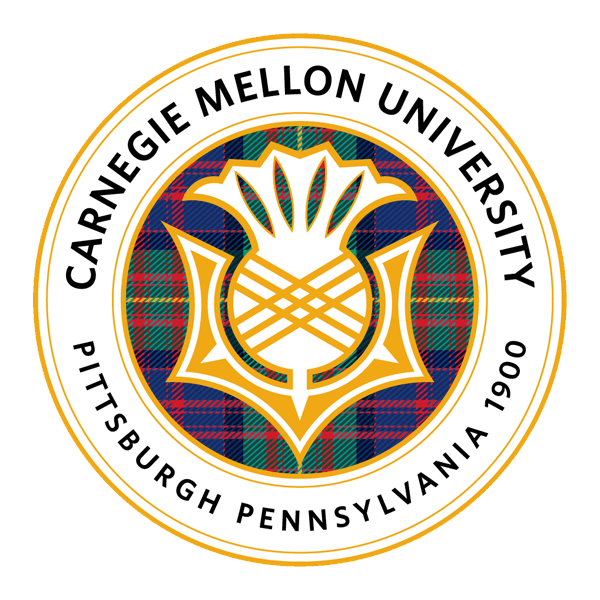Research
S2MovingCity:
I worked with my advisors Professor Manuela M. Veloso and Professor Peter Steenkiste on a very interesting project - Sensing and Serving a Moving City (S2MovingCity). This research involves sensing, modeling and simulating city traffic, human mobility as well as other environmental conditions. With better understandings of the data collected from sensors deployed across cities, we attempt to improve traditional simulation systems and deliver new knowledge and a proof of concept for massive urban sensing of people, vehicles, and environment, supporting data-driven city planning and decision making.
Neuromorpic Computing:
My first project at CMU related to the field of neuromorphic computing systems, where we implemented the primitive of neuromorphic system based on phase locked loop oscillatory neural networks (PLL ONNs) for pattern recognition. I was a systematic student who studied the ONN nonlinear dynamics to gain significant insights to understand how a system composed of simplified synapses and neurons can yield complex behavior for statistical image processing. Under the advise of Professor Lawrence T. Pileggi and Professor Soummya Kar, I tackled a tricky problem of how to incorporate transmission delays in synchronization and pattern convergence. I proposed the normalized ONN mode, which was shown to make the synaptic memorized patterns maintain their stability to perform pattern recognition under delayed conditions. The paper reporting the theory basis and technical innovation was presented in IJCNN 2016. Our work was respectfully recognized and won the John Bardeen Award in the SONIC Annual conference.
Cognitive Neurodynamics:
Triggered by the passion to understand neural computing via pure brain-inspired approaches, I got a chance to join the Department of Neurological Surgery at the University of Pittsburgh (Pitt) as a research specialist under the supervision of Professor Avniel S. Ghuman to gain some experience with experimental neuroscience. At Pitt, I focused primarily on unraveling the dynamics of the distributed neural network underlying visual perception and applied dynamic functional connectivity and machine learning methods with intracranial human electrophysiological data. Specifically, by performing phase locking analysis and non-parametric statistical tests, we were able to assess the spatiotemporal dynamics of face sensitive functional connectivity on the cortex. I explored the information flow via the time-frequency distribution of oscillatory coherence between areas involved in face recognition. This mapping enabled us to probe the dynamics of the fusiform-hippocampus-amygdala (F-H-A) brain network for face processing. The results suggested a lateralized network with the right hippocampus-right fusiform (RH-RF) phase locked at around 200 ms and the left hippocampus-left fusiform (LH-LF) communicated at about 500 ms after stimuli onset. This suggests important differences between the information processing dynamics of left and right hemisphere face processing. Our work informs distributed network models underlying the face recognition ability in humans and suggest a dynamic model of the role that the F-H-A pathway plays in higher-order visual functions such as face/object recognition.
Atomic Magnetometer:
At Peking University, I studied Lamp-based Optically Pumped Cesium Magnetometer. Major achievement: the Cs magnetometer has been initially completed. Based on C8051F020 (version 1) and NI-PCI-4461(version2), the digital locking system has been designed and worked well to pick out the Zeeman transition frequency (Larmor frequency). The idea of my design is to use frequency switching (at two freq. points) to create two corresponding voltages from the quantum system. When the voltages are the same, the center of the two freq. points should be the Larmor frequency. The system does NOT need the information of synchronized clock, small signal modulation and phase discrimination, which means fewer feedback information and simpler processing are possibly enough to fulfill a better control system. The sensitivity is about 39.2pT/Hz^1/2.
